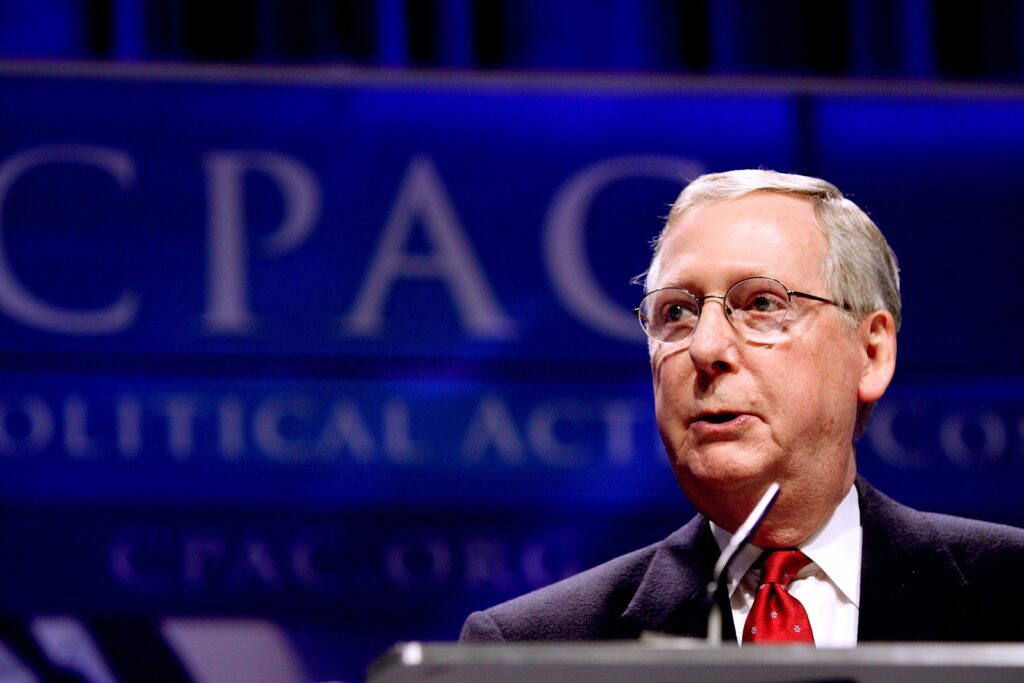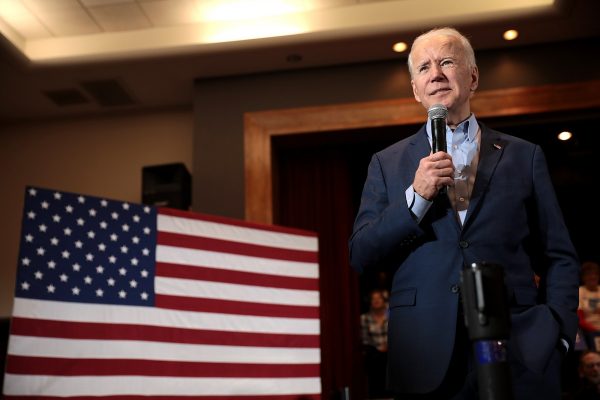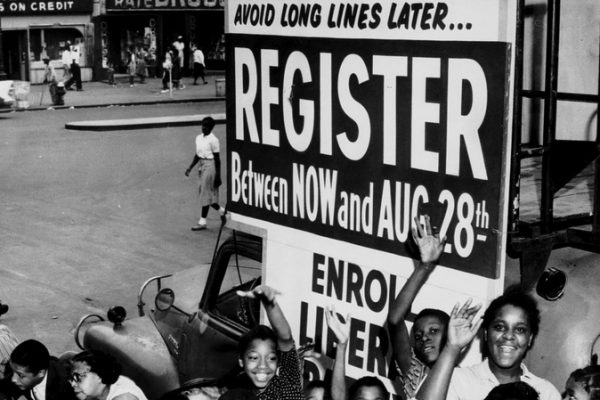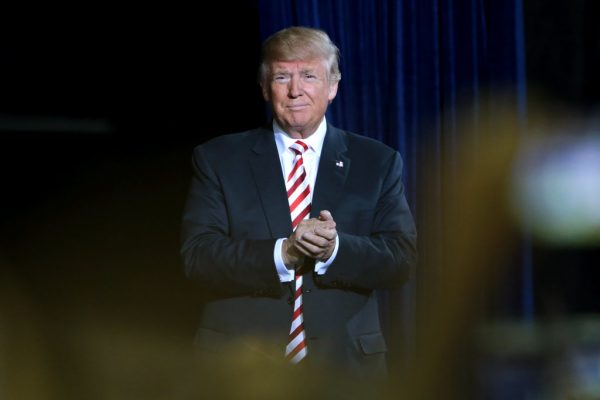For obvious reasons, much of the commentary surrounding the 2020 election has focused on Trump and his surprisingly large number of voters. Only occasionally have we been reminded that institutions—from the Electoral College to state legislatures—are responsible for the fact that, unlike so many other democracies, a speedy counting of the popular vote (elsewhere simply known as “the vote”) is not enough to decide the outcome. Yet one institution supposedly connects state and society and has received too little attention in recent years: the political party. Just what are parties for, and what are the consequences of parties failing to fulfill their proper functions in a democracy?
U.S. political parties are very peculiar creatures. In one sense they are soft, even ethereal, as they have no official and committed memberships in the way parties elsewhere do; they are open to all kinds of comers (such as reality TV stars). But in another sense, they are very hard institutions: they effectively merge with the state in setting the rules for political competition (making sure that newcomers have few ways of breaking into the game). Perhaps even more paradoxically, high levels of political polarization in the United States co-exist with hollowed-out parties, which lack robust internal decision-making structures and often have only the most diffuse of programs.
Nevertheless, some normative expectations of parties apply globally. One of the most basic is autonomy. Parties should not be front organizations for something else—such as an oligarch’s business interests. At least in the beginning, Silvio Berlusconi’s Forza Italia was effectively a combination of a soccer fan club and a propaganda TV channel in the service of the Cavaliere (who entered politics not least to gain immunity from prosecution for tax fraud). From this perspective, it was alarming that the Republican Party declined to issue a proper program at its convention this past summer, instead simply pledging total loyalty to Trump along the lines of “whatever he wants, we want.”
This points to another function of parties. Ideally, parties produce policy ideas and turn them into a coherent program. However, U.S. political parties have effectively ceased to engage in this kind of work; at best they outsource it to think tanks or, as in Trump’s case, abandon it altogether. (Trump was infamously incapable of articulating any concrete goals for a possible second term; eventually the GOP came to the rescue, tweeting that priorities would be a permanent manned presence on the moon as well as a manned mission to Mars, things most Americans may not exactly have put first during the COVID-19 pandemic).
Some democratic theorists argue forcefully that a proper party must articulate a vision of the common good against the background of particular partisan principles; otherwise we are dealing with factions, not parties. Yet this is asking both too much and too little at the same time. It is not difficult to dress up even narrow interests in the abstract language of the common good. At the same time, there is nothing wrong with trying to represent particular groups (think of farmers’ parties), as long as a party has positions on a range of issues and is not a mere interest group whose support is up for sale in coalition agreements.
Policy positions are never automatically produced by a shared partisan commitment; they need to be developed and debated. That ideally occurs within a party with proper democratic structures. Oscar Wilde quipped that the problem with socialism was that it took too many evenings. Sceptics of intra-party democracy suggest that political amateurs who pontificate on big issues do not just suck the air out of the room; such hobbyists also often happen to be people who are relatively well-off with little at stake and minor interest in the boring day-to-day work needed to gain actual power. Still, intra-party democracy habituates people to the notion—indispensable in a democracy—that the other side might possibly be right. After all, one can be reasonably sure that even in hard-fought debates the broader partisan principles are shared. Citizens with long-term partisan commitments, and a history of loyalty to them, can be credible critics of party leadership. There is a reason why parties that are internally authoritarian—for example, no real dissent to the thin-skinned, vengeful Trump has been allowed among Republicans—will also have authoritarian tendencies in government. That is why some constitutions require pluralism inside parties.
True, Republicans may well abandon Trump now that he has served his purpose as what Steve Bannon once called a “blunt instrument.” Under Trump, the Republican party managed to push through tax cuts, 83 percent of which benefited the top one percent, and might still manage to destroy the Affordable Care Act. Other, less unpredictable politicians might better serve the agenda of plutocratic populism, which is to say: highly conservative regulatory and tax policies combined with relentless culture war in defense of white, Christian America. The lesson for Republicans might be that years of loyalty to a cruel and corrupt president bent on undermining the basics of democracy carries no real penalty. After all, the right did well enough down-ballot this week.
In any case, the structural problems persist: even a Pencified party faces an ideological vacuum, and it will remain dependent on unaccountable (and often untraceable) Super-PACS and large donors. This throws the party’s autonomy into question. While there are primaries in which the finer points of QAnon might be hashed out, real structures of democratic debate and programmatic development are lacking. Some of these problems apply to Democrats as well, who have a great deal of soul-searching to do after a disappointing election night—a process that cannot be
cut short with casually blaming “cancel culture” or the “woke left,” or echoing other right-wing talking points masquerading as empirical explanations. Structures allowing different parts of the party to debate, instead of random caucus discussions every few years, would help.
As with so many other aspects of U.S. political life, the situation is polarized, but not symmetrical. What Jedediah Purdy has called “the rancid right” is much further from what a proper party should be than the Democratic party. U.S. democracy as a whole is suffering the consequences.








